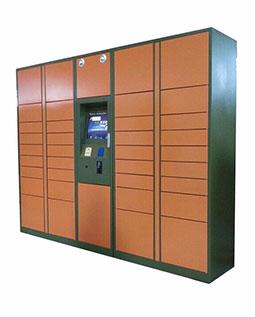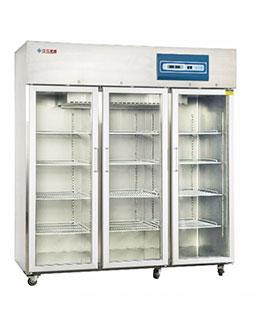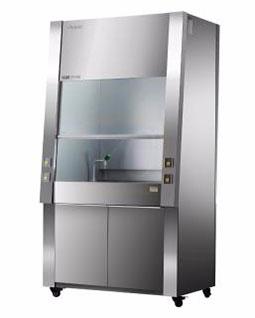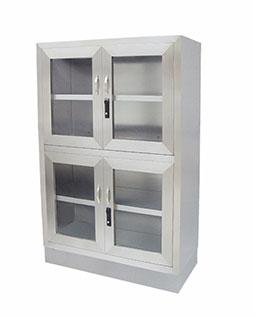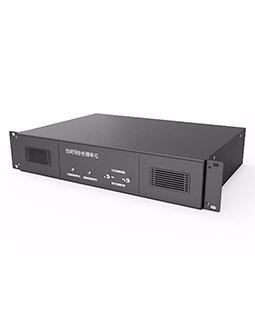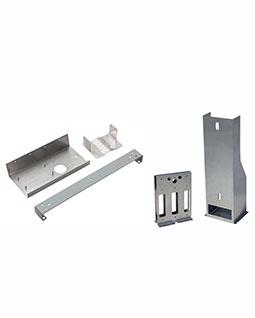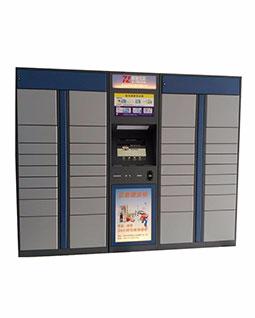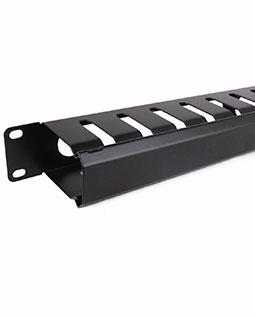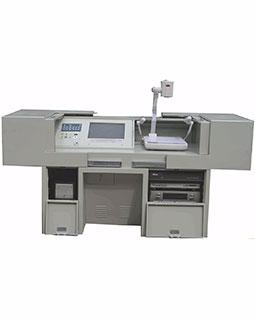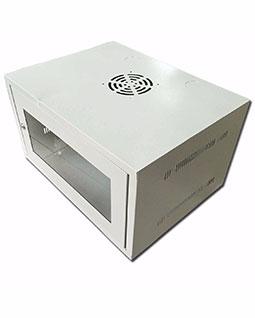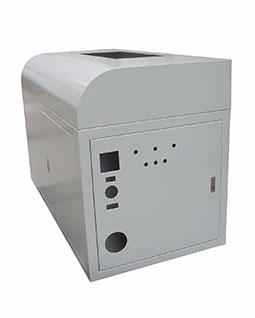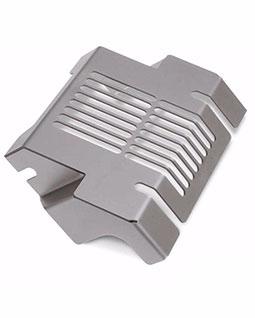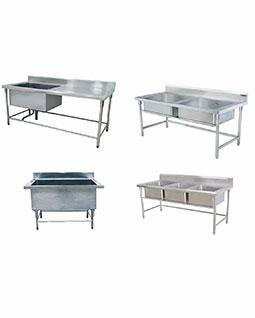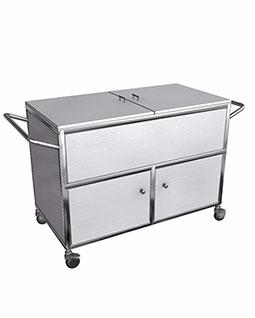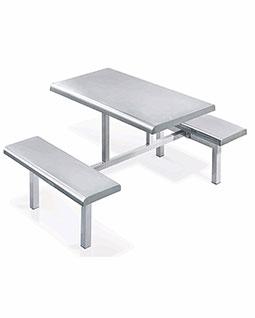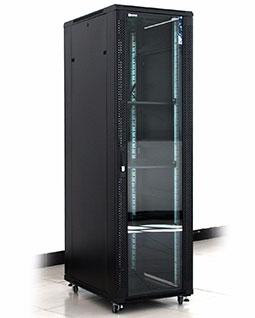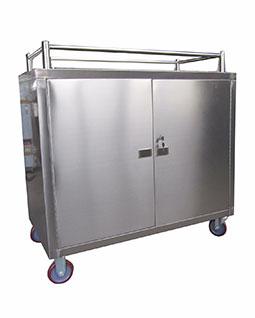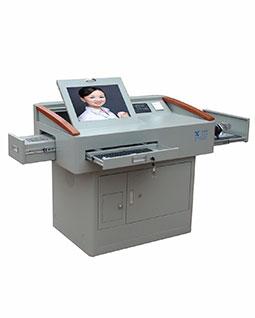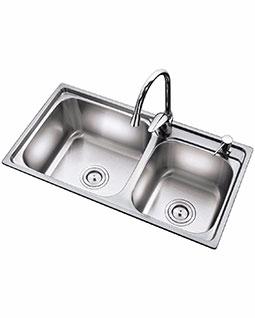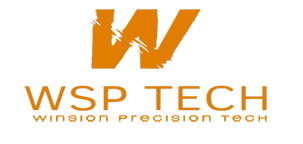First: Design and draw the part diagram of its sheet metal parts, also called three views, its function is to express the structure of its sheet metal parts in the form of drawings.
Second: Draw the expansion diagram, that is, expand a part with a complex structure into a flat piece.
Third: there are many ways to cut the material
Fourth: Flange tapping, flanging is also called pumping hole, which is to make a slightly larger hole on a smaller base hole, and then tap on the pumping hole. Doing so increases its strength and prevents it from slipping.
Fifth: Punch processing. Generally, punch processing includes punching and cutting corners, punching blanking, punching convex hulls, punching and tearing, and drawing holes to achieve the purpose of processing.
Sixth: Pressure riveting, pressure riveting As far as our factory is concerned, pressure riveting studs, pressure riveting nuts, pressure riveting screws, etc. are often used. The pressure riveting method is generally completed by a punching machine or a hydraulic pressure riveting machine. It is riveted to the sheet metal part.
Seventh: Bending, bending is to bend a 2D flat piece into a 3D part. Its processing requires a folding bed and corresponding bending molds to complete the operation. It also has a certain bending sequence. The principle is to fold first without interfering with the next knife, and to fold back with interference.
Eighth: Welding, welding is to weld multiple parts together to achieve the purpose of processing or weld the side seam of a single part to increase its strength.
Ninth: Surface treatment, surface treatment generally includes phosphating film, electroplated multicolored zinc, chromate, baking paint, oxidation, etc.

